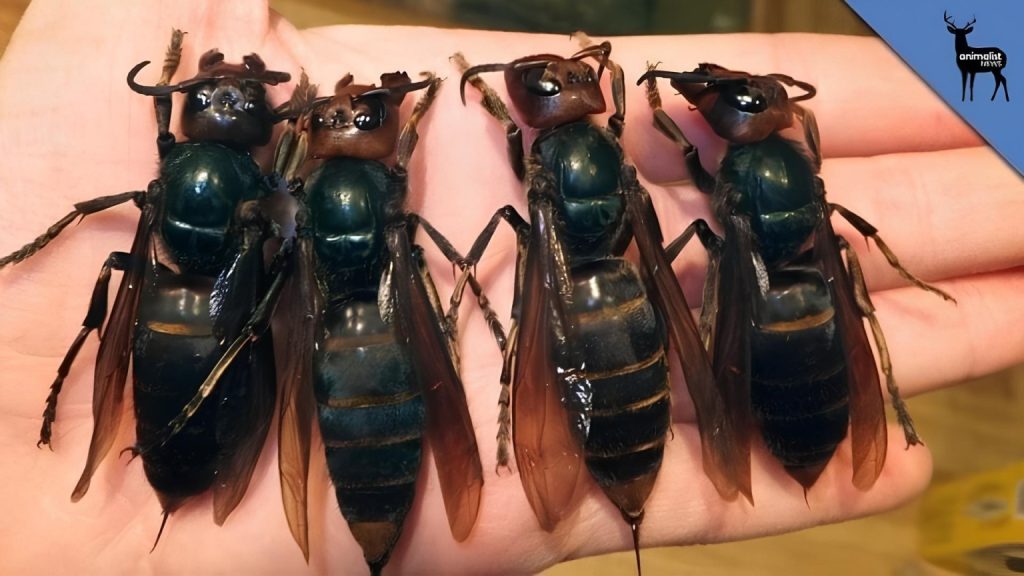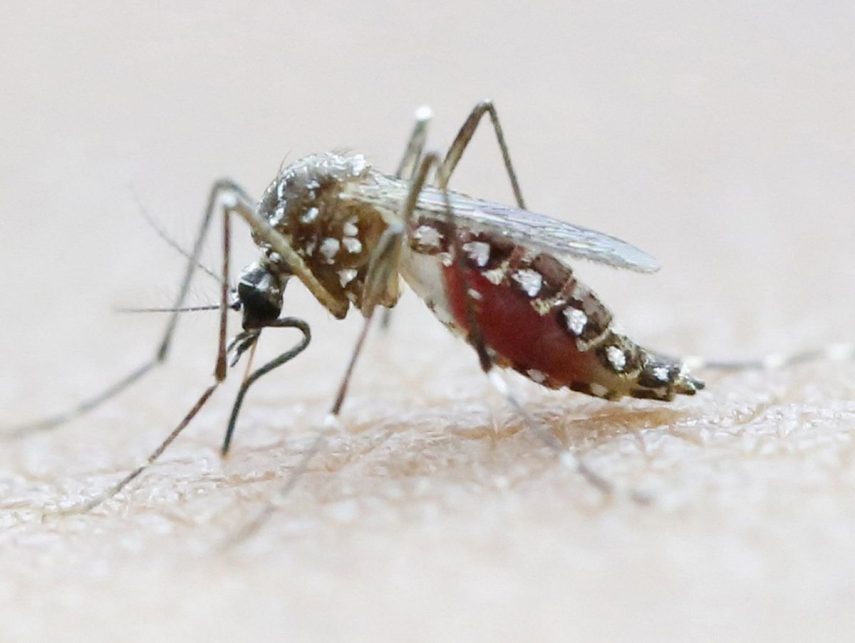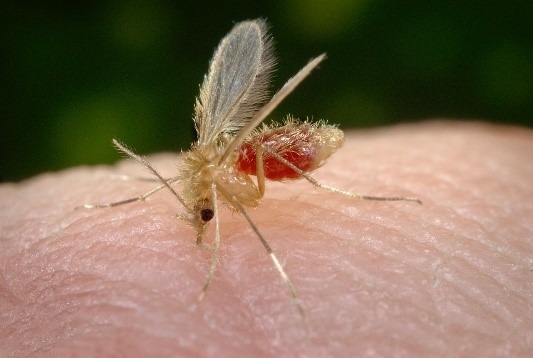Murder Hornets, Mosquitoes, and Other Dangerous Insects: What Americans Should Know
Over the past few years, concern has grown across the U.S. over the dangers posed by invasive and disease-carrying insects. From the infamous “murder hornets” to the ever-present mosquito, Americans are right to ask: how real is the risk?
Here’s what you need to know about these insects, how they affect our lives, and what science is doing to keep us safe.
The Truth About the “Murder Hornet”
The Asian giant hornet (Vespa mandarinia), known in headlines as the “murder hornet,” was first spotted in Washington State in late 2019. Originally from East and Southeast Asia, these hornets raised alarms mainly due to the threat they pose to honeybee populations, which are essential to American agriculture and food production.
![]()
Fast Facts:
-
Size: Up to 2 inches long with a wingspan over 3 inches
-
Look: Yellow-orange head, dark body, black-and-yellow striped abdomen
-
Behavior: Highly aggressive toward honeybees, but not typically toward humans unless provoked
-
Risk to Humans: Low, unless someone is allergic or stung multiple times
These hornets can wipe out entire honeybee hives in a matter of hours. Fortunately, thanks to coordinated efforts by the Washington State Department of Agriculture (WSDA) and USDA, the known populations were tracked, nests destroyed, and no new sightings have been confirmed since 2021.
Containment strategies included using traps, tracking hornets with tiny radio tags, and removing nests. Though media stories stirred fear, experts continue to emphasize that the hornets don’t pose a widespread threat to the public.
Mosquitoes: The Deadliest Insect in the World
While hornets make headlines, mosquitoes remain the most dangerous insect to human health worldwide. According to the World Health Organization (WHO), mosquitoes are responsible for more than 700,000 deaths each year, mostly through the transmission of serious diseases.
Diseases Spread by Mosquitoes Include:
-
Malaria
-
Dengue Fever
-
Zika Virus
-
West Nile Virus
-
Yellow Fever
-
Chikungunya

Only female mosquitoes bite, and when they do, they can transmit viruses or parasites directly into the bloodstream. This makes them the most efficient—and dangerous—vectors of disease.
Common Carriers:
-
Anopheles (malaria)
-
Aedes aegypti and Aedes albopictus (Zika, dengue, chikungunya)
-
Culex (West Nile virus)
These diseases can cause anything from fever and fatigue to serious neurological issues—and in some cases, death—especially without prompt medical treatment.
Other Insects That Pose a Health Risk
Besides mosquitoes, other insects also spread serious diseases around the world:
-
Tsetse Fly
-
Where: Sub-Saharan Africa
-
Disease: Sleeping sickness
-
Symptoms: Fever, confusion, movement problems; can be fatal if untreated
-
-
Kissing Bug (Triatomine Bug)
-
Where: Central and South America, some southern U.S. states
-
Disease: Chagas disease
-
Risk: Chronic heart and digestive issues
-
-
Sand Fly
-
Where: Middle East, South America, parts of Africa
-
Disease: Leishmaniasis
-
Symptoms: Skin sores; in severe cases, damage to internal organs
-
These insects aren’t aggressive by nature, but they are dangerous because they transmit harmful pathogens when feeding on human hosts.

How We’re Fighting Back
Controlling the spread of invasive and disease-carrying insects involves cooperation at local, national, and global levels.
Key Strategies:
-
Surveillance and Public Reporting: Programs like WSDA’s “Hornet Watch” help track and respond to potential threats quickly.
-
Ecological Control: Introducing natural predators and carefully managing ecosystems and imports to reduce insect populations.
-
Vaccination and Medical Treatment: Vaccines for diseases like yellow fever, and treatments for others, remain vital tools.
-
Public Education: Community efforts to reduce mosquito breeding (like eliminating standing water), using repellents, wearing protective clothing, and sleeping under bed nets have had real success in lowering disease rates.






